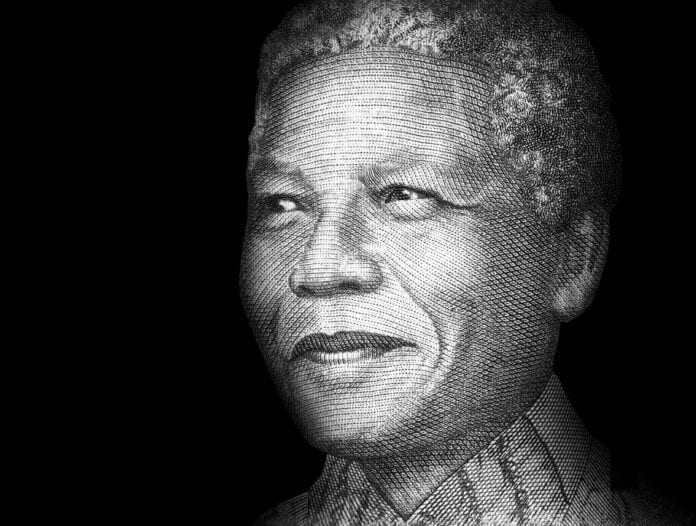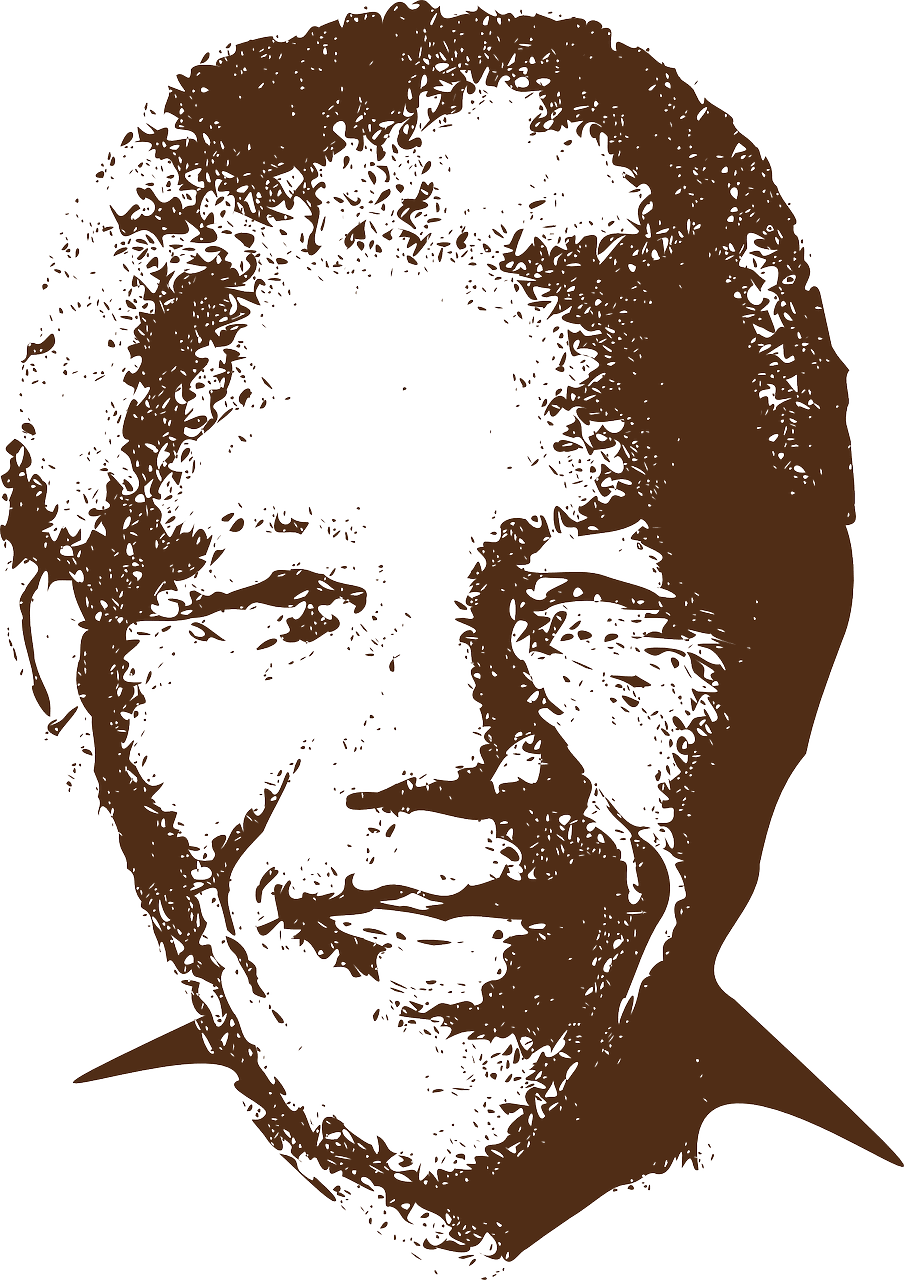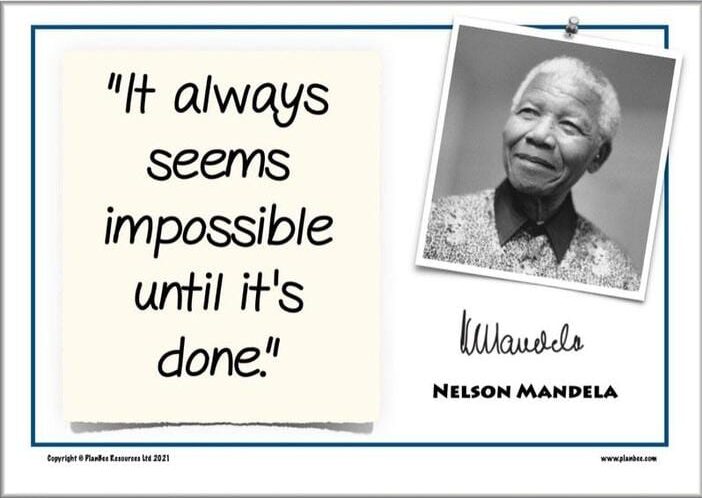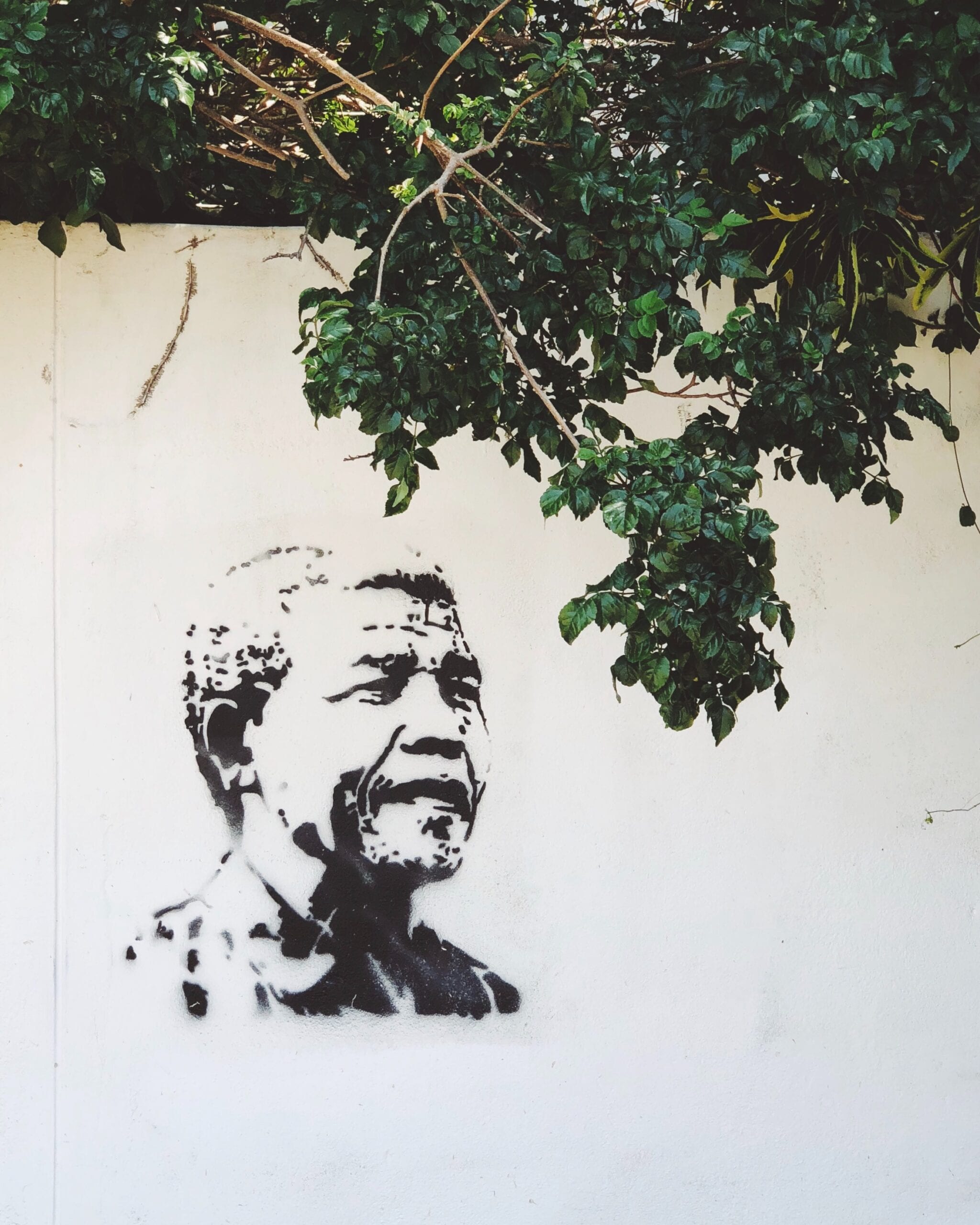The first black president of South Africa, Nelson Mandela is an icon of democracy and social justice all over the world. Former primary school teacher Emma Wooldridge of education resource experts PlanBee says, why not share his incredible life story with your children?
Nelson Mandela Day, which is celebrated all over the world at the time of the great man’s birthday, 18 July, symbolises not only the fight for racial equality, but also the continued need to educate and inspire change for future generations. Mandela is said to be the ‘father’ of modern South Africa, and a role model for those fighting for freedom and equality. He was pivotal to bringing about the end of apartheid and dedicated his life to peace and social justice not just in South Africa, but across the world.
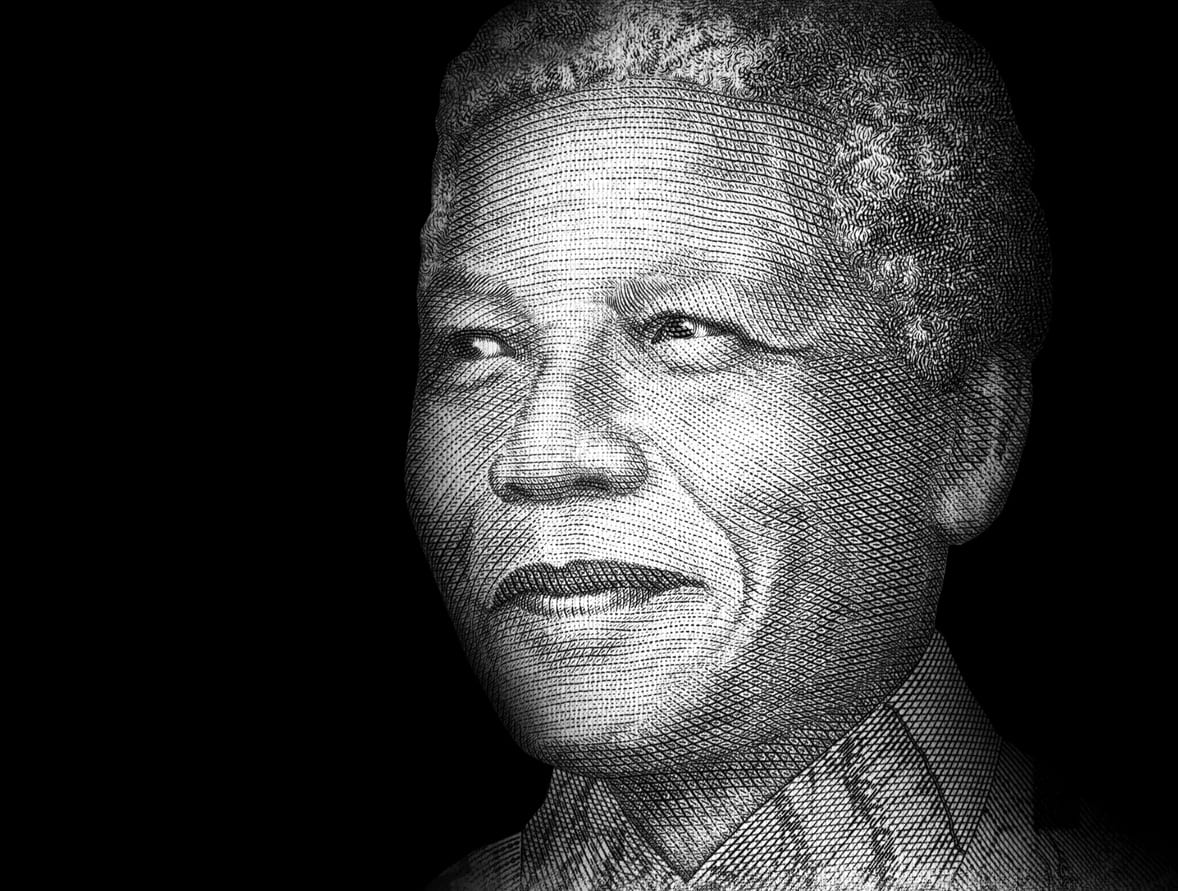
Who was Nelson Mandela?
Mandela was the first black president of South Africa, from 1994 to 1999.
He was born into the royal family of the Thembu tribe in 1918 in Mvezo, South Africa. His mother was the third wife of Mandela’s father, who served as chief between 1880 and 1928.
Mandela was the first of his family to receive a formal education and went on to study law, becoming one of South Africa’s first black lawyers. As a young man, he dreamed of a world where people, regardless of their race, lived in harmony with equal opportunities. In 1944, Mandela joined the African National Congress (ANC), a political group that fought for equal rights for both white and black people.
What was apartheid?
In 1948 the South African government introduced a new system called ‘apartheid’, meaning ‘apartness’, which separated people according to the colour of their skin. People of colour were forced to attend different schools, use separate public facilities, and were restricted in the jobs they could do.
How did Mandela fight apartheid?
Mandela set up peaceful protests supported by the ANC. The protests were met with police violence and the South African government banned activists from protesting.
Mandela did not believe in violence as a way of solving problems, but with many peaceful protests being ignored and unsuccessful, he organised a military movement to push back against the oppressive South African government.
In 1962, Mandela was arrested and convicted for treason. In his famous 1964 trial, Mandela addressed the court:
‘I have fought against white domination, and I have fought against black domination. I have cherished the ideal of a democratic and free society in which all persons live together in harmony and with equal opportunities. It is an ideal which I hope to live for and to achieve. But if needs be, it is an ideal for which I am prepared to die.’
How long was he imprisoned for?
Mandela spent 27 years in prison before being released in 1990 amid international pressure by the South African president, F. W. de Klerk. On 11 February, Mandela left prison, holding his wife, Winnie’s hand. The event was broadcast around the world. During his imprisonment, the government had not allowed any photographs of Mandela to be published so this was the first time the public had seen him for almost three decades.
Why was Mandela awarded a Nobel prize?
In 1993, the Nobel Peace Prize was awarded jointly to Nelson Mandela and the South African President, F. W. de Klerk for the integral part they both played in ending the apartheid system and laying the foundations for a new, democratic South Africa.
The first black president of South Africa
Mandela became South Africa’s first black president in 1994 at the age of 77 with F. W. de Klerk as his deputy. During the five years that he was in power, Mandela worked hard to overturn the many consequences of the apartheid system, such as poverty and unequal access to services such as healthcare and education.
Although he retired from politics in 1999, Mandela still continued to meet and talk with world leaders, and worked with the Nelson Mandela Foundation, which supported rural development, school construction, and the fight against HIV and AIDS.
A world mourns
Mandela died from a lung infection on 5 December 2013 at his home in Johannesburg, South Africa, aged 95. Ten days of national mourning were announced, as well as a day of prayer and reflection.
‘It always seems impossible until it’s done.’
Nelson Mandela
Ten fascinating facts about Mandela
- Mandela was born ‘Rolihlahla Mandela’ and was given the name Nelson by his school teacher. It was common practice to give all children ‘Christian’ names when they started school.
- The king of his village wanted Mandela to have an arranged marriage, but he refused and fled to Johannesburg, South Africa’s biggest city.
- Mandela studied for a Bachelor of Arts degree at the University College of Fort Hare, but did not complete his degree. He was expelled for joining a student protest.
- He qualified as a lawyer at the age of 24 in 1942.
- He married three times and had seven children.
- He received honorary degrees from more than 50 universities.
- The year Mandela was elected president was also the year he was able to vote for the very first time.
- He was often referred to as ‘Madiba’, which was his clan name.
- The title of his autobiography is Long Walk to Freedom, .
- On Mandela Day each year, people are encouraged to dedicate 67 minutes of their time to community service. The time represents the 67 years Mandela spent fighting for social justice.
Help keep news FREE for our readers
Supporting your local community newspaper/online news outlet is crucial now more than ever. If you believe in independent journalism, then consider making a valuable contribution by making a one-time or monthly donation. We operate in rural areas where providing unbiased news can be challenging. Read More About Supporting The West Wales Chronicle



















